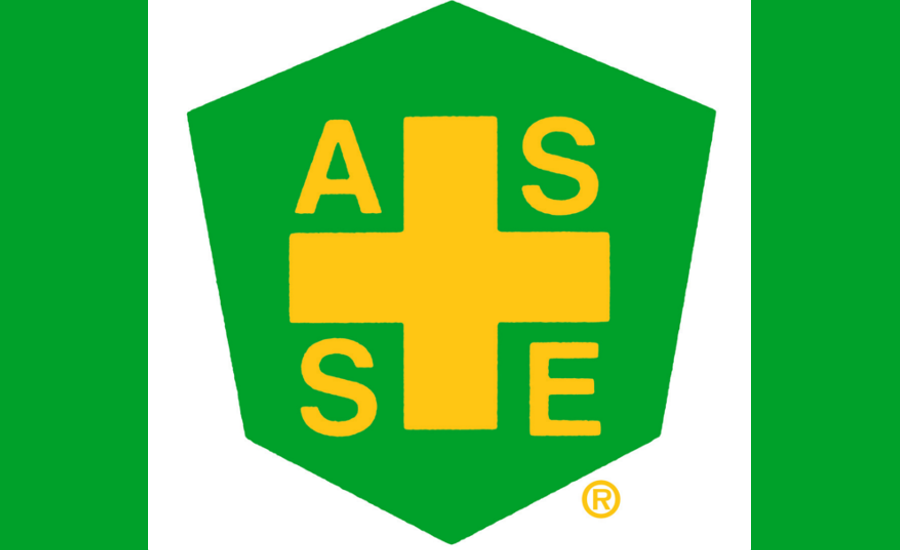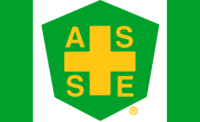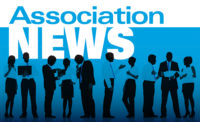Monthly message from ASSE President
Our calling card

Recently, someone who is engaged in the DC political scene for safety told me that the failure of the current administration’s OSHA to issue an injury and illness prevention plan standard (or I2P2) was an historic lost opportunity for OSH professionals and ASSE members.
“Even the worst-written I2P2 standard would have been the best thing for safety, bringing what the best employers do to every employer in America,” he said. “And, think about it. Who would have written those I2P2s? People in DC have called it the ‘safety professional full employment’ standard.”
I am not sure I agree with that view, and I know some ASSE members do not. After all, the employment picture for OSH professionals is good. We are about as close to full employment as any profession. We certainly do not need OSHA to create any more work for us.
Unfortunately, we likely will not know for a long time whether this standard would have been beneficial for worker safety and/or our profession. Contrary to David Michaels’ desires, it is clear that this administration will not pursue an I2P2 standard before a new administration takes over in January 2017.
Most OSH professionals should agree that OSHA has moved forward a significant update of its 1989 Safety and Health Program Management Guidelines. An update is long overdue. If done right, these guidelines have the promise to help advance OSH as well as the interests of OSH professionals in the voluntary way that many OSH professionals prefer such efforts be pursued.
OSHA’s proposed update can be found at http://1.usa.gov/1nfEoQy. Observers believe this is, in a sense, a rough draft and that OSHA is serious about gathering much more information from stakeholders to help the agency build the best possible resource on safety and health management plans. The deadline is Feb. 15, 2016,, and OSHA has provided a list of questions, the answers to which will help it develop a better final document.
There is no more important stakeholder in this opportunity than every individual member of ASSE. OSH management plans are what we do, who we are at our best, and how we help employers best protect workers’ lives. OSHA’s effort to update its guidelines for every employer is an opportunity for us to spread the message to every employer about how to best do safety. ASSE is already working with OSHA to help make these the best guidelines possible.
At OSHA’s invitation, ASSE recently participated in a meeting with stakeholders from business, labor and other safety and health organizations to discuss the value of safety and health management plans. ASSE was the only organization that had two representatives speak at the meeting. Jim Thornton, Vice President of ASSE’s Council on Professional Affairs, talked about his experience using OSH management plans to dramatically reduce deaths and injuries through a Voluntary Protection Program at one of the largest shipbuilding employers. Jim Smith, ASSE’s Senior Vice President, talked about using these plans to help insurance clients lower their risk exposure. Smith also pledged ASSE’s help, especially through the risk-based management tools being developed through ASSE’s Risk Assessment Institute.
As I write this message, leading members of ASSE’s Government Affairs Committee, the Society’s Council on Professional Affairs and the ANSI/ASSE Z10 Accredited Standards Committee are engaged in the collaborative process of determining how best to provide comments on OSHA’s draft proposal. No doubt, many other ASSE members, either for themselves or their companies, are also engaged in this process. Our input is important.
More important, however, will be ASSE’s efforts to help spread the news about these guidelines and their value to employers when OSHA finalizes them in the coming months. The finished guidelines will be a useful calling card for every ASSE member to take to employers and to other OSH professionals to spread the good news of safety and health management systems and to build opportunities to advance safety in specific workplaces.
If we use these guidelines right, they can be a generous gift from an OSHA administration that came into office warning, “There’s a new sheriff in town.” In the end, that sheriff is leaving an opportunity on our doorstep. But we need to pick up that opportunity by sharing these guidelines and spreading the news of the great value of safety and health management plans.
Looking for a reprint of this article?
From high-res PDFs to custom plaques, order your copy today!





